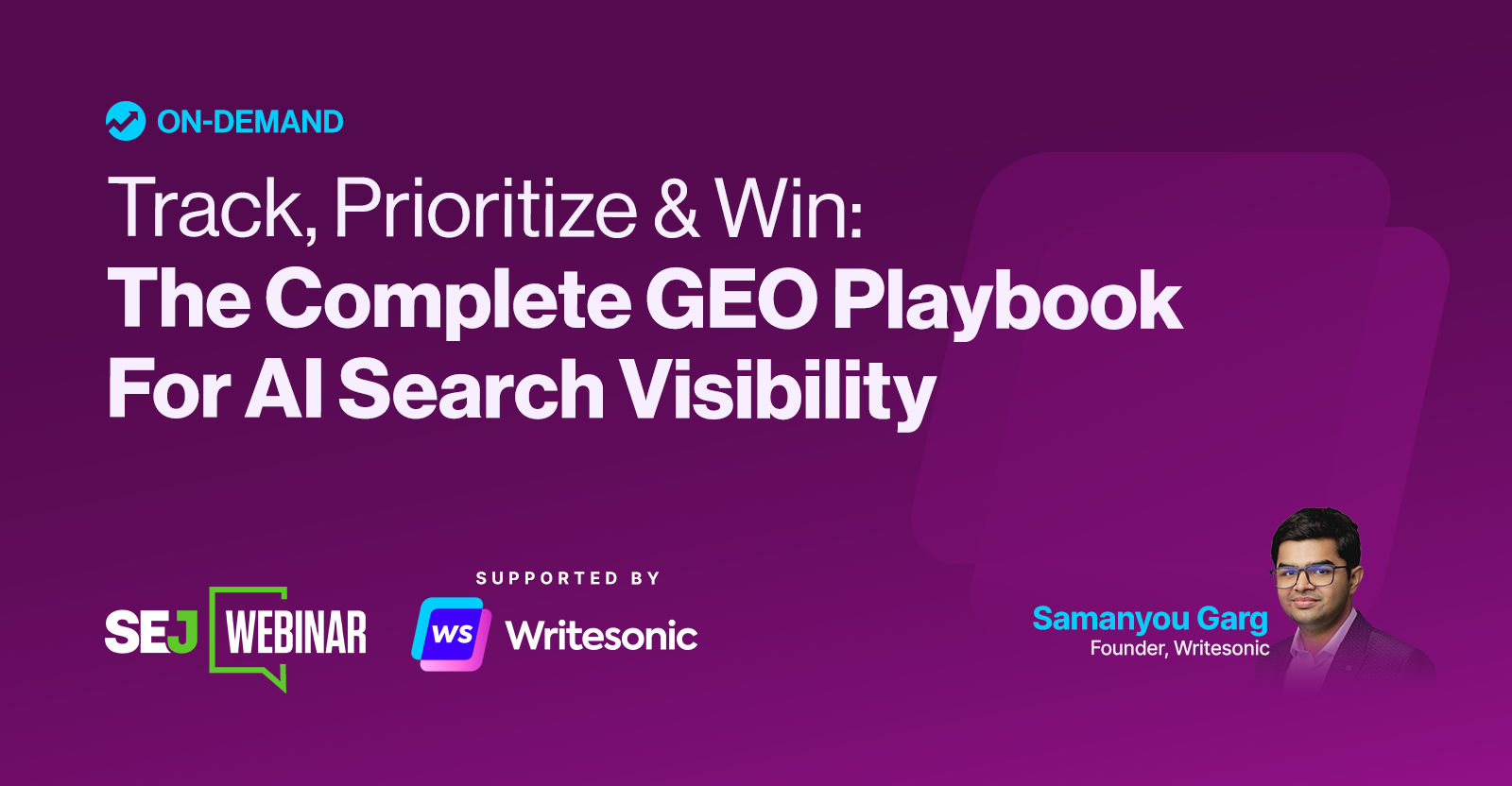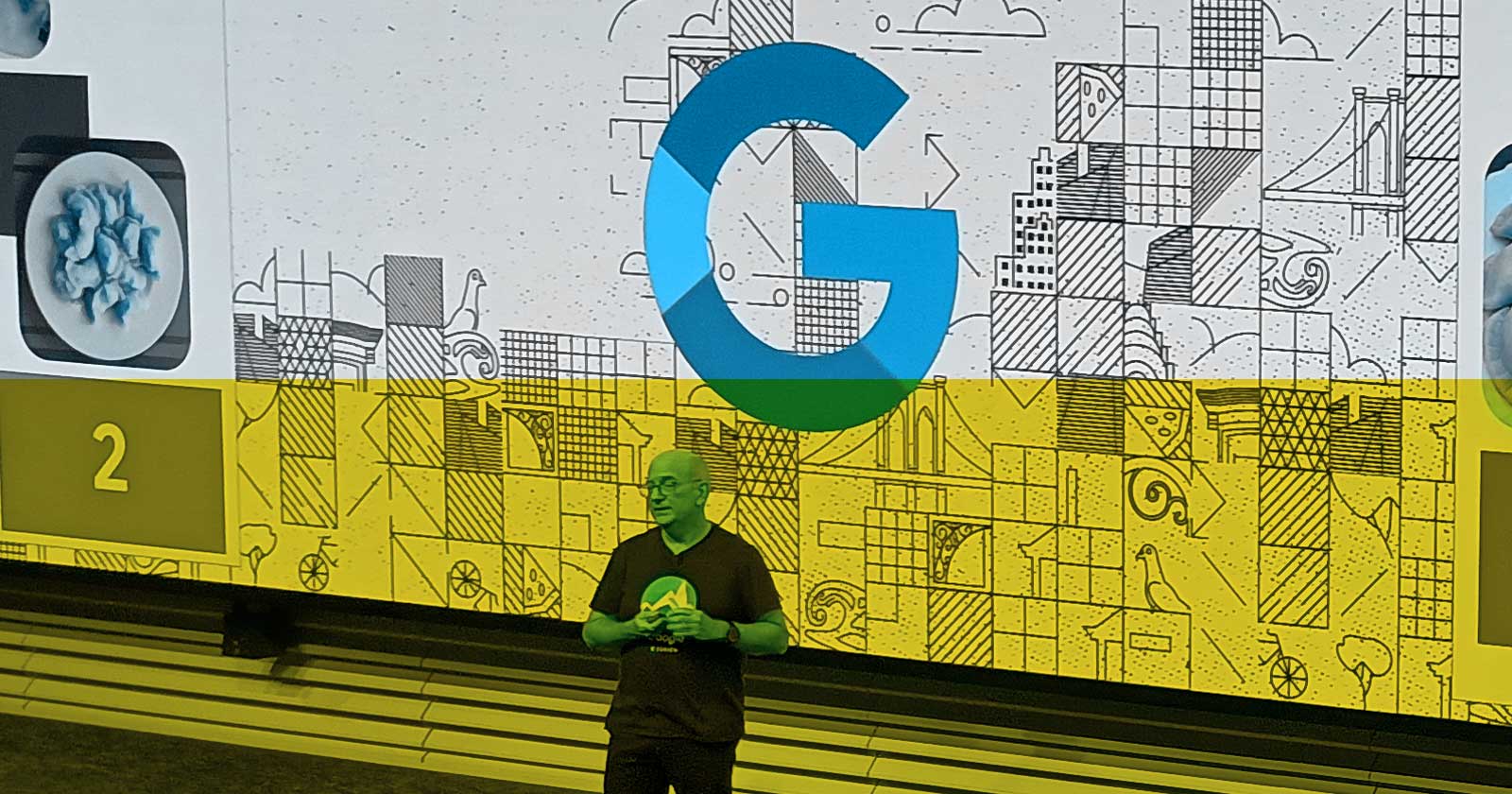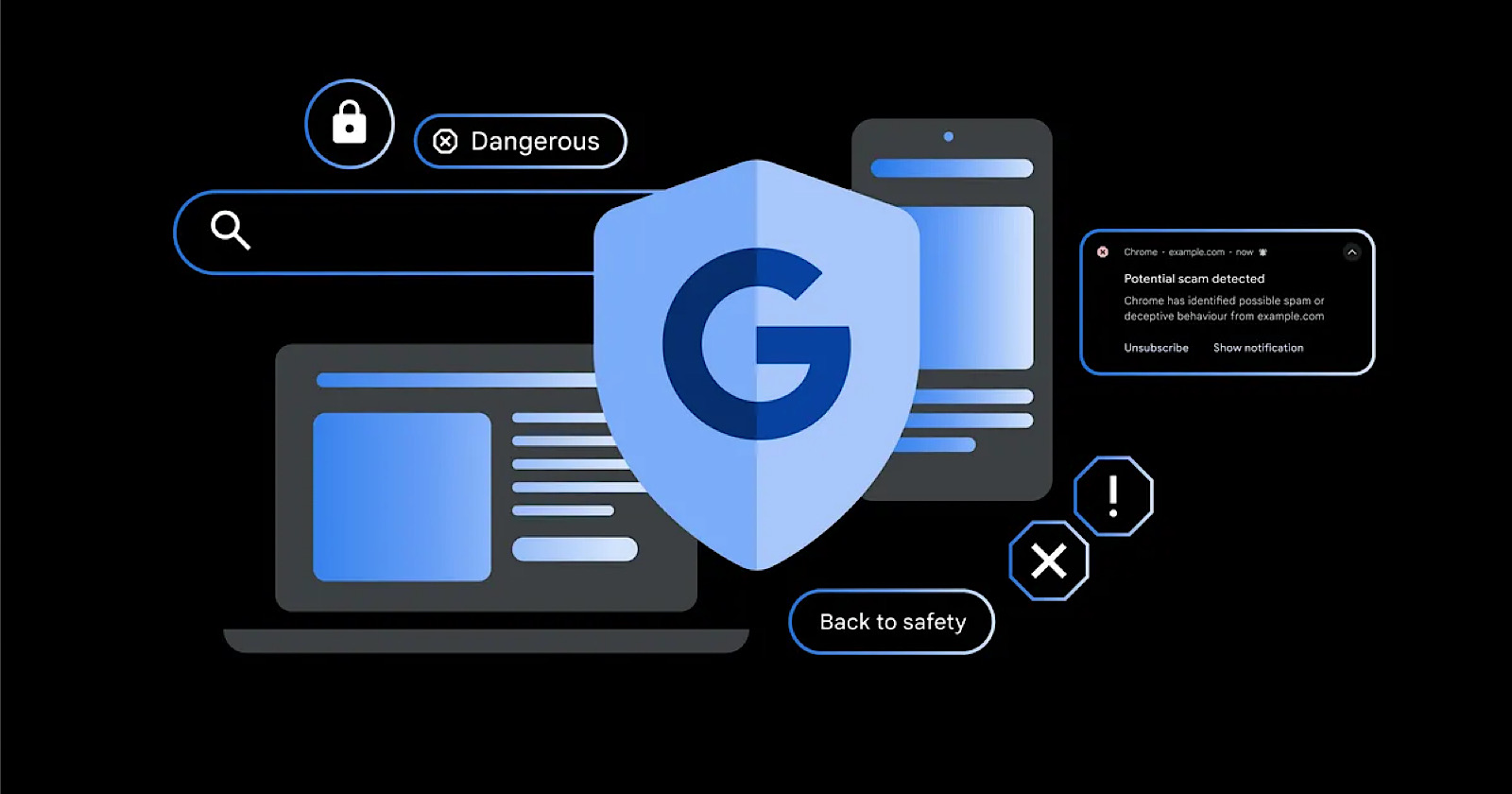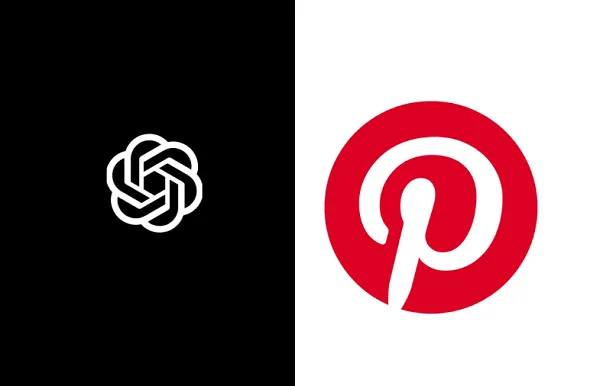Track, Prioritize & Win: The Complete GEO Playbook For AI Search Visibility via @sejournal, @samanyougarg
800M AI searches happen weekly. Learn how top brands measure, optimize & win AI visibility across ChatGPT, Claude & Perplexity. Register free. The post Track, Prioritize & Win: The Complete GEO Playbook For AI Search Visibility appeared first on...

Why Generative Engine Optimization (GEO) Matters Now
Search is becoming chaotic and untrackable through traditional SEO
“800 million people right now actively use ChatGPT every week. It’s massive. And your customers are probably asking AI for recommendations right now. So if you’re not showing up there, your competitors are and you’re probably missing out on a lot of conversions there. And the worst part is there’s no thing like search console for ChatGPT or any of these AI platforms. So you are sort of completely flying blind there.
Now there are these very common questions I see every day, which is like should I abandon Google for ChatGPT or how do I prove ROI when there’s no clicks to track? Is everything that we learned about SEO in the last few years completely useless right now? So people are having these kinds of thoughts…everyone is thinking about just tracking visibility right now, but they don’t know any way to actually improve it or map it to ROI, like what do I get out of that visibility then? So that’s what we’ll be talking about today — how you can track your visibility, how you can prioritize what to focus on and then also improve it as well.”
Foundations of GEO: Why SEO Still Matters
AI chatbots still depend on traditional web indexing
“Geo still depends very much on SEO. SEO is the foundation of GEO…Most of these AI models are depending on some sort of web index, whether that is Google or Bing or Brave or any of these other ones.”
SEO content and citations are foundational inputs for generative responses
“So much of those existing SUN content backbone things do apply for Geo as well.”
“The output that you get…is the response. Or you can also say answer ai, answer or AI response when a specific brand…is mentioned. In that answer it’s called a mention…And then the last bit is citations.”
Get the On-Demand Webinar answer, now!
Why GEO Leads to Better Conversions
Traditional search = multiple stages
“AI traffic usually tends to convert a little bit better than Google because these users are already pre-qualified. Why that is, if you see this diagram here with traditional SEO, the funnel used to be like this: first at the awareness stage or TOFU stage, top of the funnel, people used to search, okay, what’s the best CRM software? They would go through 10 different websites, read a basic overview there, then they would do a couple of other kinds of queries…so it’s a lot of different touch points that used to happen over a longer period of time where the user journey split across different searches and different platforms. With AI search, what happens is a single conversation is where this entire funnel takes place.”
Generative search = compressed decision-making funnel
“With AI search, what happens is a single conversation is where this entire funnel takes place. For example, you would ask, okay, what is the best CRM for a 50-person SaaS startup? It would recommend you a couple of them. Then you would ask, okay, what are the reviews of this specific tool and what is the pricing here? Again, it would give you something, and then the user would ask, okay, which one do you recommend based on these factors? So basically that entire one conversation becomes that recommendation engine where the user can ask any question they want, AI will answer it.”
AI users arrive more informed → higher quality conversions
“You’re getting much more informed buyer — that is where your conversion rate, even though you might get a lesser number of people coming from AI, the conversion rate is actually better. Many people still tend to use a combination of AI and Google where once they get an answer from AI, they would in parallel go to Google, just double confirm everything that everything makes sense. Some people also directly go from AI to your platform or the service page itself, but the journey has reduced quite a bit. AI creates much more informed buyers where they’re already doing their research on ChatGPT or these platforms itself instead of going through all of these different steps.”
Tracking Your Brand in AI Search
Tools and methods to track AI mentions and crawler activity
“Human traffic is actually just the tip of the iceberg. You also have this whole AI crawler traffic…You can’t see that in Google Analytics because that’s like a client site tracking software.”
“If you use CloudFlare, they have this thing called AI crawl control. So in AI crawl control, it shows you the data for all the bots that are visiting your website because CloudFlare runs on the server side. That’s where it is able to track that data. And then we at Writesonic also have this free tool. It’s a completely free software. It’s called AI Traffic Analytics. Again, very similar to CloudFlare, but it can track the bots and the humans coming from AI platforms and give you insights on how your visibility is trending over time — which queries you are showing up for, which bots are visiting your site, and so on.”
Prioritization Framework for GEO
Identify most impactful prompts based on: Persona search behavior, Conversion potential, Competitive gaps
“So it’s like very specific set of queries that people are putting in, which is why it is also very important to cater to different personas that you care about and make sure that you’re tracking the right prompts, which also includes some persona data.”
“How do you focus on things that would give you the most business impact?”
Find out! Get instant access to the On-Demand Replay!
Actions to Improve GEO Performance
Content expansion strategies for subqueries and topic clusters
“So as long as you have a diverse set of topic clusters which cover each of these topics in depth, you would sort of benefit.”
“If you’re just focusing on one keyword…it might become a problem going forward.”
Link building and outreach for citation optimization
“We help you with the exact actions like citation, outreach, creating new content and various other forms of things to help you actually improve your visibility.”
Technical setup to allow bot access and clean indexing
“There’re actually different kinds of bots…you don’t need to allow all of them, but some of those are important for your visibility.”
Which bots are key to SERP visibility? Find out in the On-Demand Replay!
Q&A & Closing
Top Questions from the Q&A
Q: Is SEO dead in the age of GEO?
A (Sam): “Definitely not. What I said earlier — SEO is the foundation of GEO. A lot of the ranking signals and web content that influence traditional search are still the input layer for generative systems. Your SEO strategy has to evolve, not disappear. You now optimize for mentions, not just rankings.”
Q: How do you know what prompts your audience is actually using in AI platforms?
A (Sam): “Good question — and tricky. We recommend starting with your ICP or buyer personas. Think through what problems they’re trying to solve and how they’d ask about them in natural language. Then, map those to prompt clusters. We also use internal data at Writesonic to identify trends — but most people will need to start with educated assumptions and refine based on mention visibility.”
Q: What’s the fastest action someone can take today to show up in AI results?
A (Sam): “Honestly? Start by checking if you’re even showing up. Run visibility checks. Then create pages that clearly answer high-intent questions with sources that are easy for bots to parse. And open your site to AI bots — that’s one of the most overlooked technical gaps.”
You can catch the full Q&A in the on-demand replay.
Check out the full webinar for all the details.
Join Us For Our Next Webinar!
How To Win Brand Visibility in AI Search: AIOs, LLMs & The New SEO Landscape
Register now to get the most current, data-backed intelligence on securing brand visibility in AI Overviews, ChatGPT, Gemini, and beyond.

 MikeTyes
MikeTyes 
































